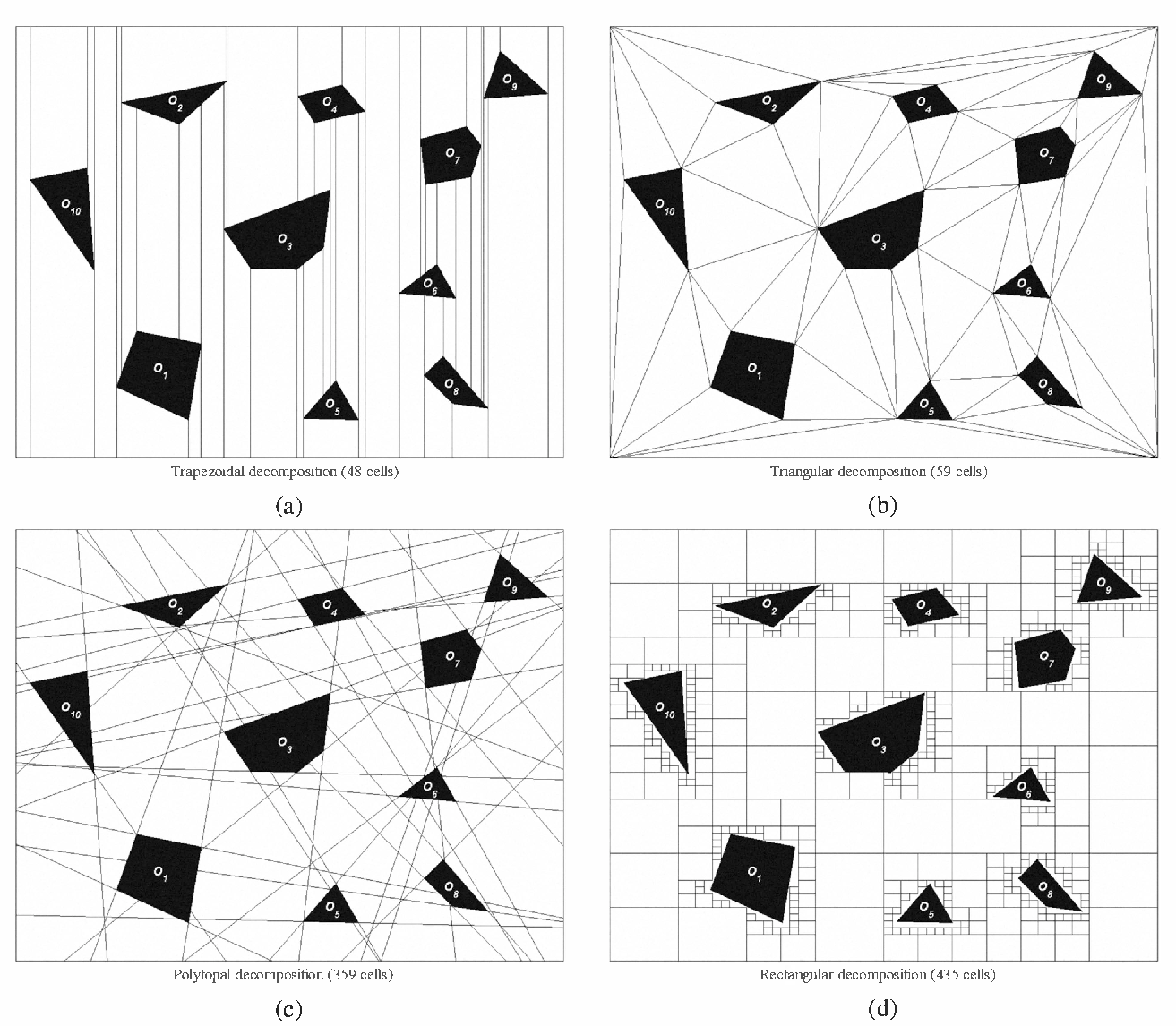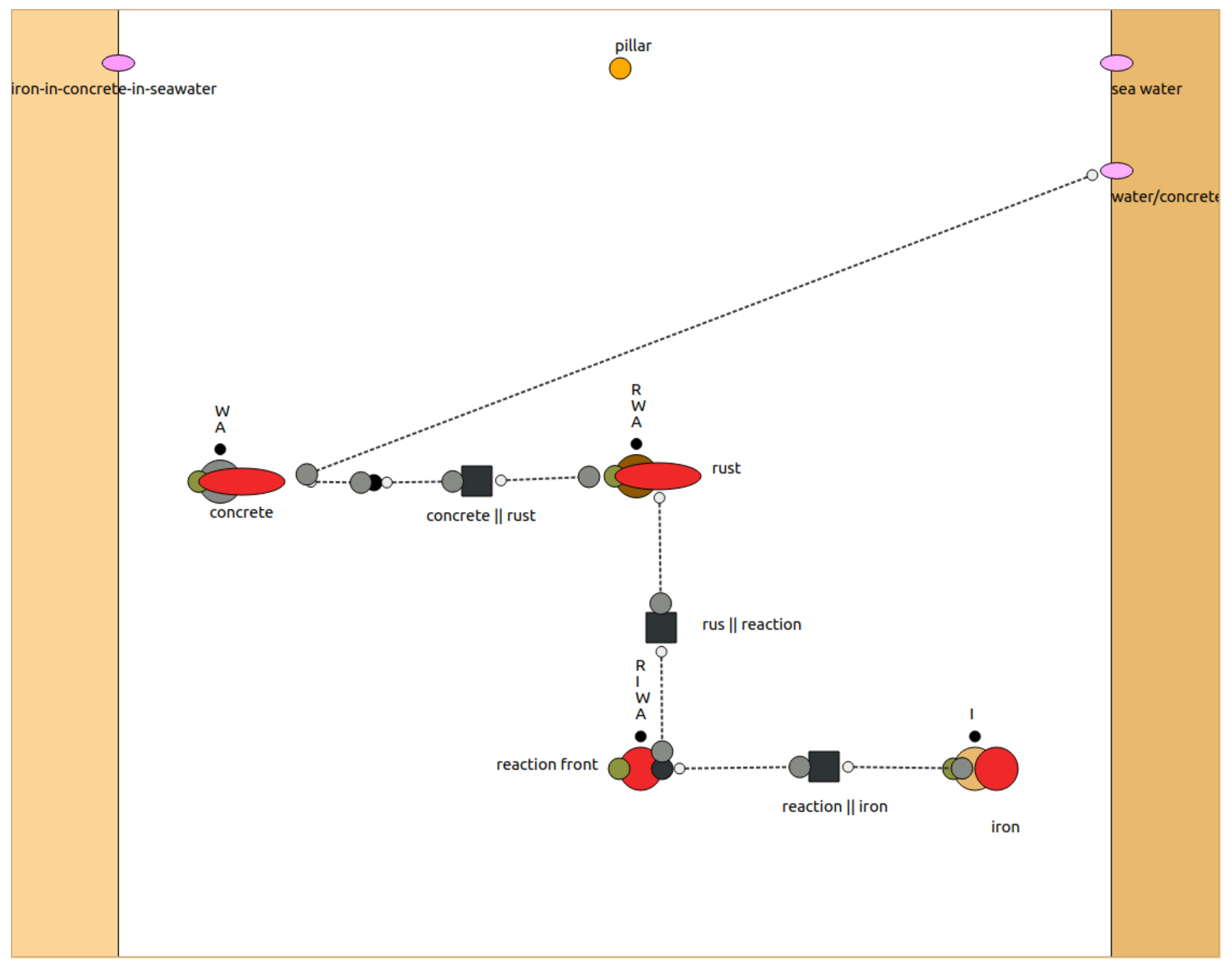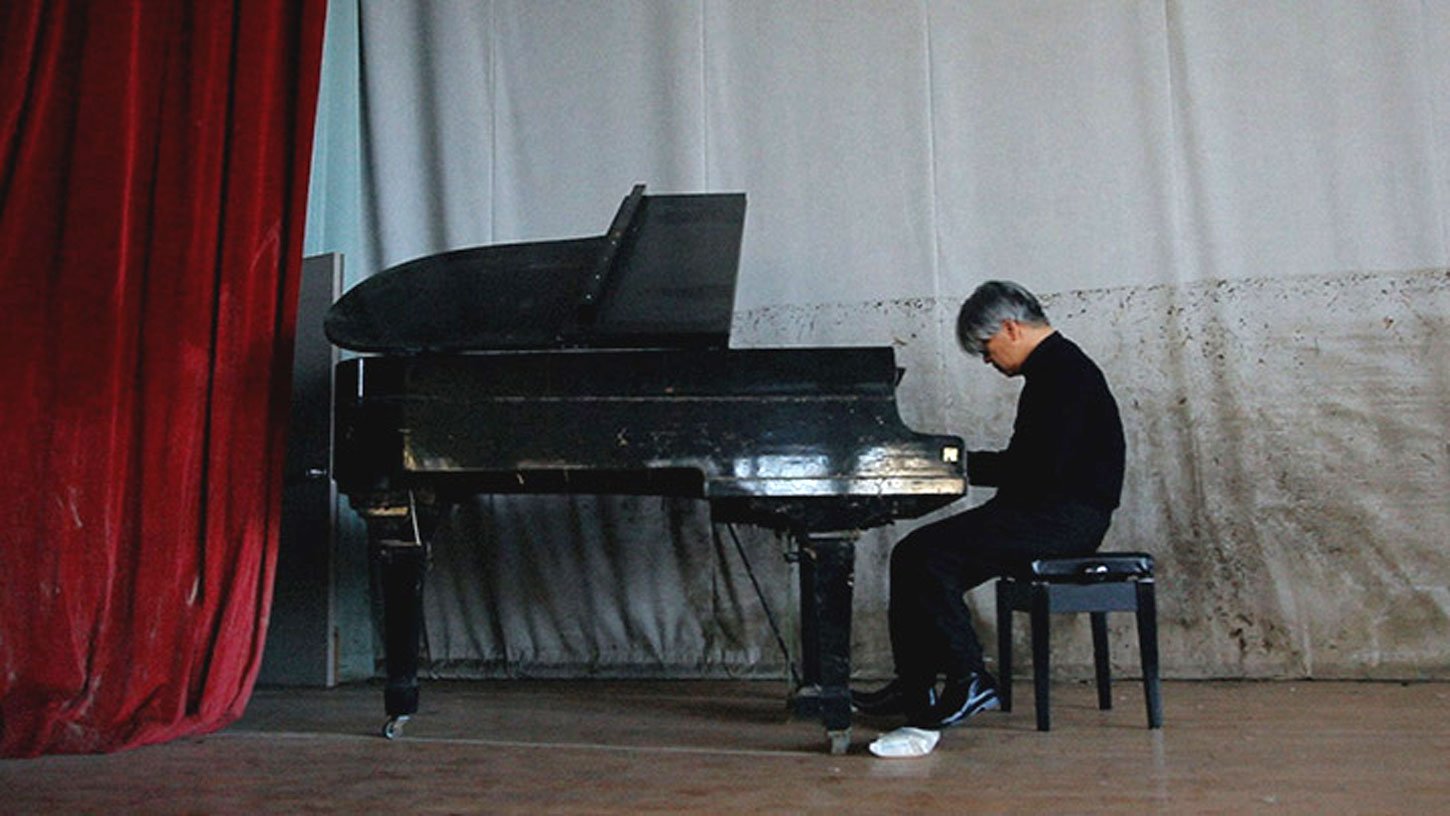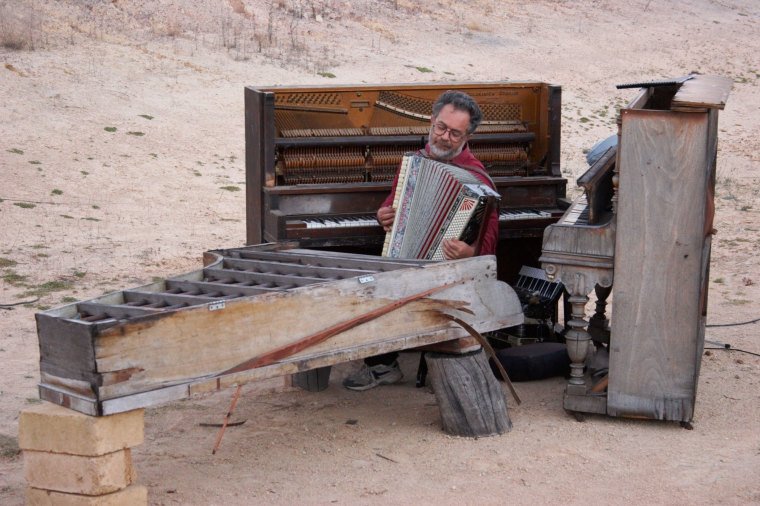Rust and Sun Rust Bowls



Rust and Sun Rust Bowls
Rust textured and Sun Rust glazed bowls
Made with Raku clay
Manually handcrafted and hand glazed
Food safe
Due to the nature of the craft, each bowl differs from the other.
Decayed Matter
Source: Semantic Scholar
Decayed Matter studies the decomposition of matter upon subjection to natural forces. Organic substances, or materials comprising carbon and hydrogen, face the inevitability of decomposition and degradation. Decaying, implying a sense of loss, is perhaps undesirable, but its cyclical nature more often than not reminds one of its chances of “rebirth”.
Process of Organic Decay
Breaking down dead organic matter is a complex process, made up of micro processes and orchestrated by saprotrophs like fungi and bacteria.
Decay starts off with fragmentation, or the physical breakage of dead matter to support bacterial and fungal growth. Leaching then occurs in the presence of moisture from rain, dissolving chemicals collected prior. Thereafter, the physical movements of animals stir everything together in a decayed stew until nothing dead is left.
The effects of these sub-processes are reflected in visible changes: what was once whole would be reduced to small, dark fragments that would be engulfed by fungi, and later become fine, black particles that look nothing like before.
Source: Research Gate
Decomposition of Inorganic Matter
Source: MDPI
Objects of different compositions undergo different states of decay. Whereas organic matter becomes decomposed into dirt, man-made objects such as steel pipes, bodies of cars and music instruments undergo corrosion – a natural process that transforms pure metal into stable forms.
In iron compounds or alloys such as steel, corrosion occurs after long exposure to oxygen and water. Iron would eventually turn to rust (Fe2O3) and disintegrate, shedding its once shiny metallic appearance for a reddish-brown appearance. Sometimes, iron can also turn green during corrosion if it reacts with chloride underwater. This can be seen on steel in underwater metal bodies at seaports.
Sound Decay
In the case of sound, the decay process starts with physical rusting of musical instruments. Rust in piano or guitar strings reduces the capability of resonance and sonic consistency in the instruments over time. While strings covered in rust could produce unique tones and textures, they often create inconsistent sounds as their structural integrity have been compromised. As a result, many traditional musicians abhor the process of decay on their musical instruments.
However, other musicians have come to appreciate decaying as the creation of natural art from man-made objects subjected to natural forces. The process of decay continues to inform many musicians exploring into the world of ecological music.
Ecological Music & Decomposition
Objects that undergo decay is said to have been both destroyed and restored by nature. Music too, disintegrates before transforming into an alternate, unique state, almost like being born again.
"The piano has been tuned not by the artistic ideals of humanity, but by the ecosystem of nature and the earth" – Ryuichi Sakamoto
In the field of sound, the likes of Ryuichi Sakamoto have dabbled with the process of decay and explored how instruments impacted by natural forces can affect their sounds. Having discovered a badly damaged piano that was engulfed in the horrific tsunami disaster in 2011, Sakamoto was immediately drawn to the sound it produced. The piano was undergoing a rapid process of decomposition as its strings had all rusted and its wood was decaying from moisture. Sakamoto then sampled the sounds of the piano and featured it throughout his 2017 album titled "async".
Source: World Piano News
Similarly, Ross Bolleter, an Australian composer and pianist, spends most of his time searching for ruined and devastated pianos from sheds, attics and paddocks. Bolleter would record the sounds of rusting piano strings reverberating through the decomposing wooden bodies of each piano, creating an orchestra-like experience of rhythmic textures and disharmonies. Apart from his individual musical endeavour, he also runs WARPS (World Association for Ruined Piano Studies), a label that brings together musicians from similar disciplines, collating different sonic perspectives and interpretations of decayed matter.
Source: WANMA
Any object, subjected to prolonged exposure to natural forces, will inevitably undergo a process of decay over time. Man-made objects such as musical instruments or even household goods such as cups and bowls all face the same outcome overtime. Though these processes maybe be regarded as putrescent, it should be celebrated as a natural process of healing where objects get reclaimed by nature only to be reborn again.





